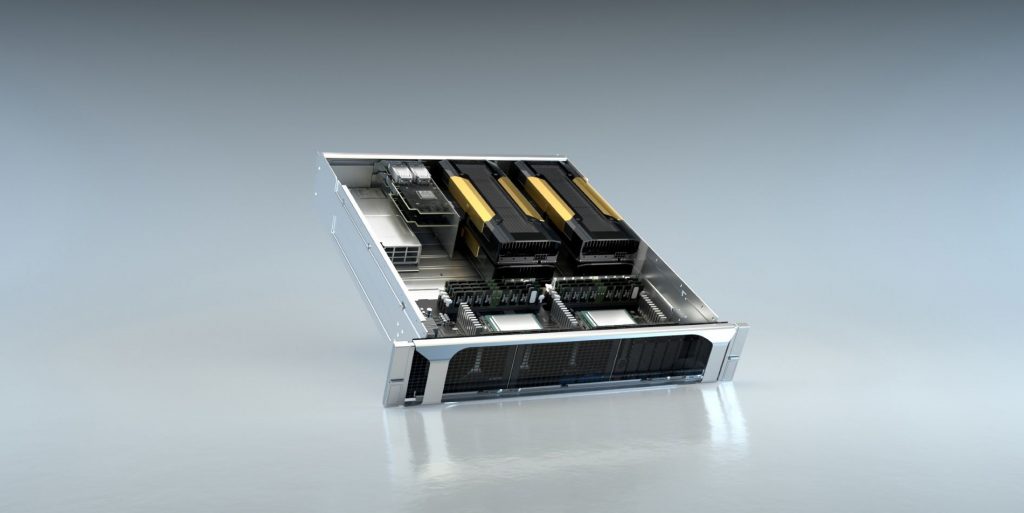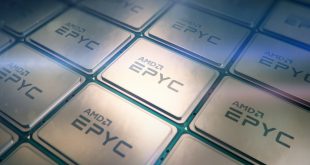The new Nvidia EGX Edge is another sign of the company's investment in AI and cloud accelerators. In this trendy market, there's not much competition and it's one where Nvidia reigns supreme.
At the Mobile World Congress (MWC) 2019, in Los Angeles, Nvidia presented the Nvidia EGX Edge Supercomputing Platform. This cloud-native platform helps organisations “harness rapidly streaming data” through edge supercomputing – bringing computation and data storage closer to the location where it is needed.
The platform is made with a combination of “Nvidia CUDA-X software with Nvidia-certified GPU servers and devices.” It features applications like Nvidia Metropolis, for city analytics and smart cities, and Nvidia Aerial, for the creation of virtualised 5G networks.
There are some early adopters to this technology, namely BMW, Walmart, Samsung Electronics, Procter & Gamble, and NTT East, as the city of Las Vegas and San Francisco. In Walmart's case scenario, there's “more than 1.6 terabytes of data generated each second” computed by EGX capabilities.
To boost the transition to edge computing, Nvidia “has expanded its server-certification program,” including the designation NGC-Ready for Edge. For a server to be certified, it must be powered by Nvidia T4, Quadro RTX 8000, or V100 Tensor Core GPUs. Companies like Dell, HP, Lenovo, QCT, and Supermicro are some of the first to get this certification from Nvidia, with a total of 20 servers from more than a dozen manufacturers.
More than 100 technology companies are included in the EGX ecosystem, be it cloud providers, server and device manufacturers, or startups. Nvidia's CEO, Jensen Huang, reported that Microsoft, Ericsson, and Red Hat are some of the “early ecosystem partners” working with the company.
KitGuru says: Nvidia is showing why it's the AI powerhouse that it claims to be. The years invested in GPU-making are giving them the “edge” over the competition. But as in every market, competition is good for the customer and the companies.
 KitGuru KitGuru.net – Tech News | Hardware News | Hardware Reviews | IOS | Mobile | Gaming | Graphics Cards
KitGuru KitGuru.net – Tech News | Hardware News | Hardware Reviews | IOS | Mobile | Gaming | Graphics Cards



